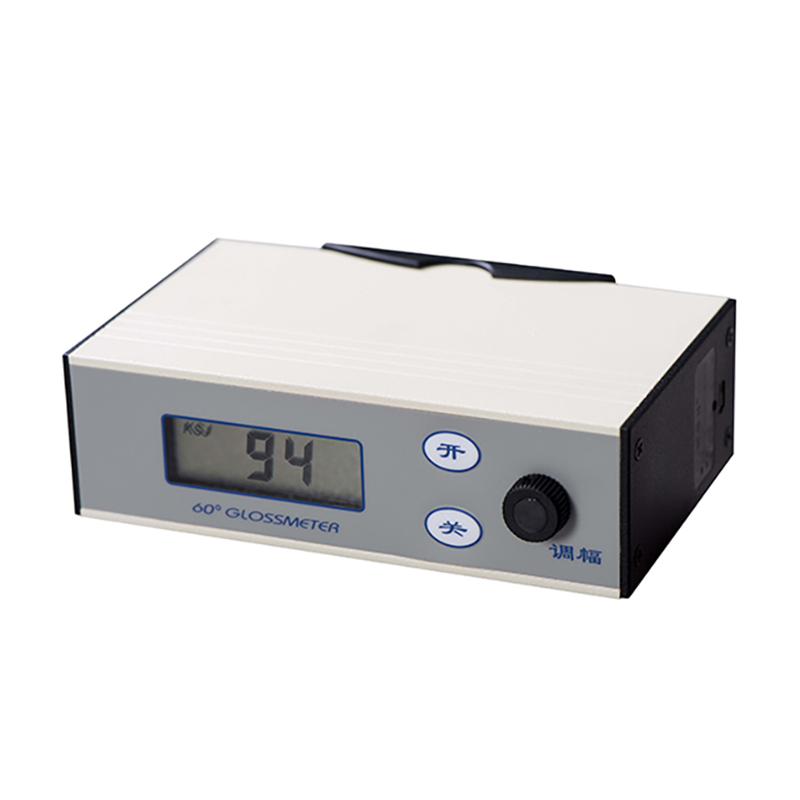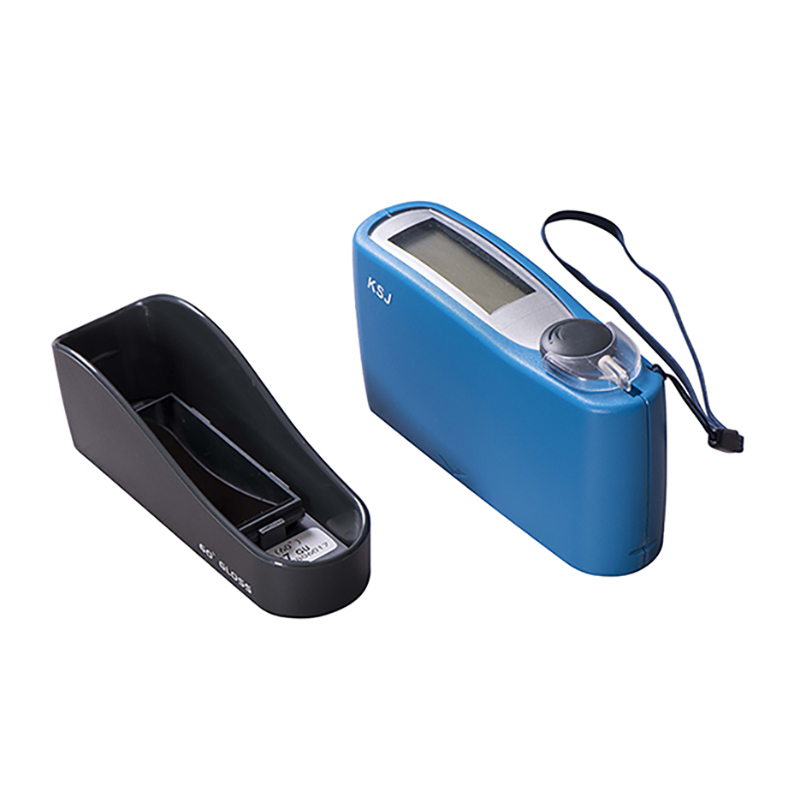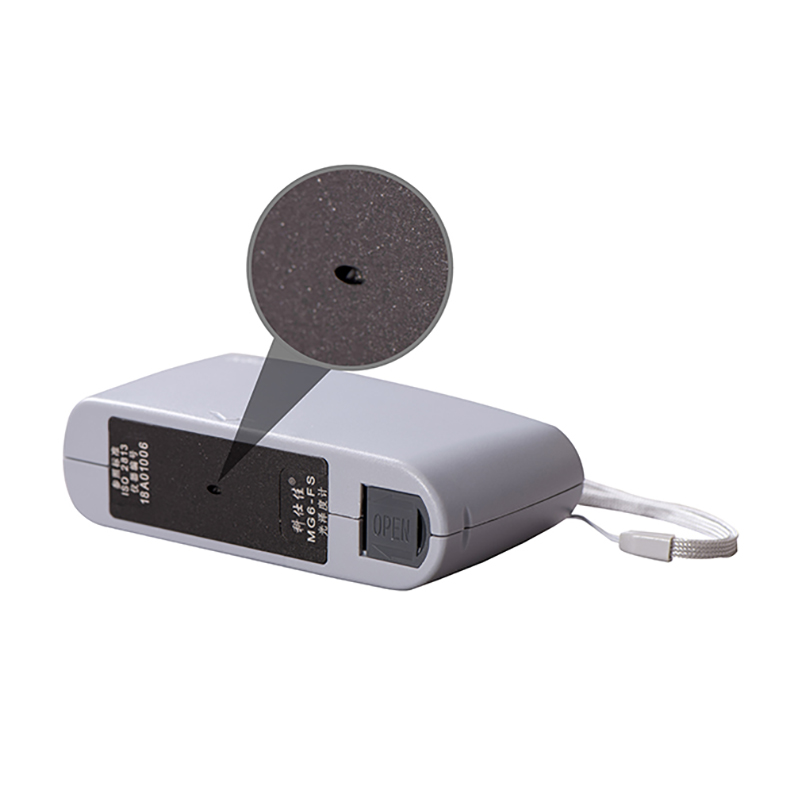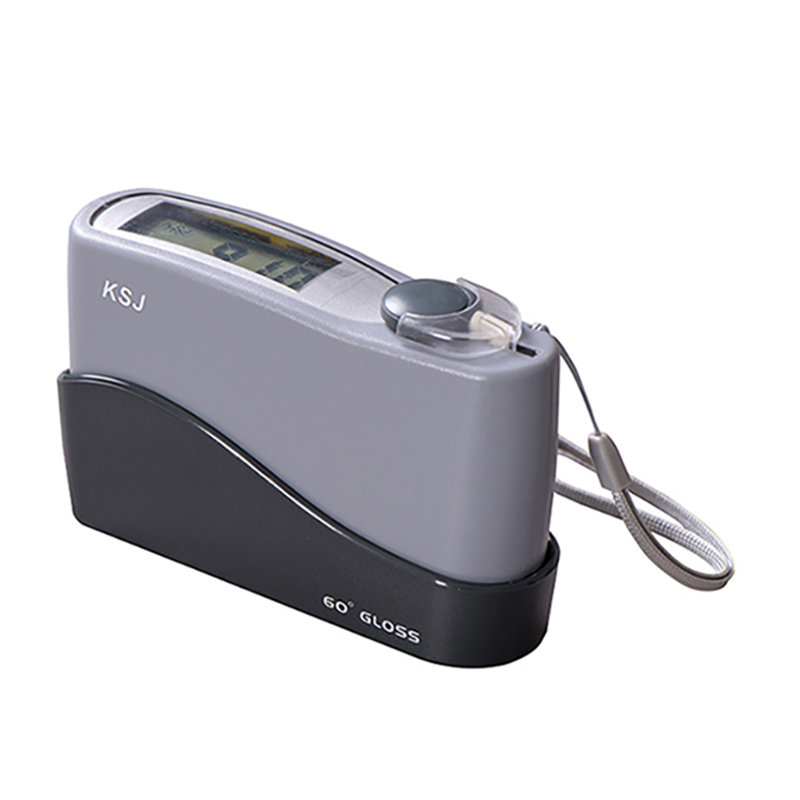头部邮箱+阿里巴巴
E-mail: sales@ksj.cn 

Enter search content

NEWS
News
Hot Products
Revolutionizing Optoelectronic Devices: The Power of Tri Gloss Meters
- Time of issue:2023-07-21
(Summary description)1. Introduction: Unveiling the Potential of Tri Gloss Meters
Tri Gloss Meters have emerged as a game-changer in the realm of optoelectronic devices. With their advanced capabilities, these sophisticated instruments have revolutionized the way gloss is measured, bringing a new level of accuracy and precision to the field. In this article, we will explore the immense potential of Tri Gloss Meters and their impact on various industries.
Revolutionizing Optoelectronic Devices: The Power of Tri Gloss Meters
(Summary description)1. Introduction: Unveiling the Potential of Tri Gloss Meters
Tri Gloss Meters have emerged as a game-changer in the realm of optoelectronic devices. With their advanced capabilities, these sophisticated instruments have revolutionized the way gloss is measured, bringing a new level of accuracy and precision to the field. In this article, we will explore the immense potential of Tri Gloss Meters and their impact on various industries.
- Categories:Industry news
- Author:
- Origin:
- Time of issue:2023-07-21 19:21
- Views:0
1. Introduction: Unveiling the Potential of Tri Gloss Meters
Tri Gloss Meters have emerged as a game-changer in the realm of optoelectronic devices. With their advanced capabilities, these sophisticated instruments have revolutionized the way gloss is measured, bringing a new level of accuracy and precision to the field. In this article, we will explore the immense potential of Tri Gloss Meters and their impact on various industries.
2. Understanding Optoelectronic Devices and their Importance
Optoelectronic devices play a crucial role in modern technology, bridging the gap between optics and electronics. These devices utilize the properties of light to control and manipulate electronic signals, enabling the creation of cutting-edge technologies such as solar cells, LEDs, optical fibers, and more. The accuracy and quality of these devices depend heavily on the measurement of gloss, which is where Tri Gloss Meters step in.
3. The Role of Gloss Measurement in Optoelectronics
Gloss measurement is essential in the production and quality control of optoelectronic devices. Gloss refers to the visual appearance of a surface, influenced by factors such as reflection, refraction, and scattering of light. Precise gloss measurement ensures that optoelectronic devices meet the desired standards, guaranteeing optimal performance and visual appeal.
3.1 Importance of Accurate Gloss Measurement
Accurate gloss measurement is imperative to ensure the consistency and reliability of optoelectronic devices. By assessing gloss levels, manufacturers can identify any defects, inconsistencies, or deviations from the required specifications. This ensures that the end products meet the highest standards of quality, ultimately enhancing customer satisfaction and brand reputation.
3.2 Challenges in Gloss Measurement for Optoelectronic Devices
Traditional methods of gloss measurement, such as visual inspection or subjective assessments, often fall short in providing the accuracy and objectivity required in the optoelectronics industry. The complex nature of gloss, influenced by various factors, demands a more advanced and reliable approach. This is where Tri Gloss Meters come into play.
4. Exploring the Features and Functionality of Tri Gloss Meters
Tri Gloss Meters are sophisticated instruments specifically designed for the measurement of gloss. These devices utilize advanced technology and algorithms to provide accurate and repeatable results. Key features of Tri Gloss Meters include:
4.1 Tri-Angle Geometry
Tri Gloss Meters employ a tri-angle geometry configuration, which ensures optimal measurement of gloss even on curved or textured surfaces. This unique design allows for comprehensive analysis, capturing gloss from multiple angles and providing a more accurate representation of the surface's reflectance characteristics.
4.2 Gloss Units and Measurement Modes
Tri Gloss Meters offer a wide range of gloss units, allowing users to select the most suitable unit based on their specific requirements and industry standards. Additionally, these devices provide various measurement modes, such as gloss, haze, and distinctness of image (DOI), catering to different applications and surface characteristics.
4.3 User-Friendly Interface and Data Management
Tri Gloss Meters are equipped with user-friendly interfaces, featuring intuitive controls and easy-to-understand menus. These interfaces facilitate seamless operation, ensuring that users can efficiently navigate through different settings and measurement parameters. Furthermore, Tri Gloss Meters often come with built-in memory and data management capabilities, enabling the storage and analysis of measurement data for further evaluation.
5. Applications of Tri Gloss Meters in Optoelectronic Industries
Tri Gloss Meters find widespread application across various industries that utilize optoelectronic devices. Some notable applications include:
5.1 Display Manufacturing
In the display manufacturing industry, Tri Gloss Meters are indispensable for assessing the quality and uniformity of screens, ensuring flawless visuals and optimal viewing experiences. These devices enable manufacturers to measure gloss levels on different screen surfaces, including LCD, OLED, and touchscreens, guaranteeing superior display performance.
5.2 Automotive Industry
In the automotive industry, Tri Gloss Meters play a vital role in evaluating the gloss and aesthetic appeal of vehicle components. From exterior body panels to interior trims, these devices ensure consistent gloss levels, enhancing overall visual harmony and brand perception.
5.3 Plastics and Packaging
Tri Gloss Meters find extensive use in the plastics and packaging industry, where gloss levels greatly influence product presentation and consumer perception. These devices enable manufacturers to assess gloss variations on plastic surfaces, ensuring that packaging materials maintain an attractive appearance and meet customer expectations.
6. Benefits of Using Tri Gloss Meters for Optoelectronic Devices
The utilization of Tri Gloss Meters brings numerous benefits to the production and quality control of optoelectronic devices:
6.1 Enhanced Accuracy and Precision
Tri Gloss Meters provide highly accurate and repeatable measurements, eliminating the subjectivity and variability associated with traditional gloss assessment methods. This precision ensures that optoelectronic devices meet the stringent quality standards demanded by the industry.
6.2 Time and Cost Efficiency
By streamlining the gloss measurement process, Tri Gloss Meters save valuable time and resources. These instruments offer rapid measurement capabilities, allowing for efficient quality control and faster production cycles.
6.3 Improved Product Quality
Accurate gloss measurement using Tri Gloss Meters ensures that optoelectronic devices exhibit consistent gloss levels, guaranteeing superior visual aesthetics and performance. This ultimately enhances customer satisfaction and brand reputation.
7. Frequently Asked Questions (FAQs)
7.1 What is the ideal gloss level for optoelectronic devices?
The ideal gloss level for optoelectronic devices may vary depending on the specific application and industry standards. Manufacturers typically determine the desired gloss range based on product specifications and customer expectations.
7.2 Can Tri Gloss Meters measure gloss on different surface textures?
Yes, Tri Gloss Meters are designed to measure gloss on various surface textures, including curved, textured, or irregular surfaces. The tri-angle geometry configuration enables comprehensive gloss analysis, ensuring accurate measurements regardless of the surface characteristics.
7.3 Can Tri Gloss Meters measure other optical properties besides gloss?
Yes, Tri Gloss Meters often offer additional measurement modes, such as haze and distinctness of image (DOI), allowing for the assessment of other optical properties. These modes provide a holistic understanding of the surface characteristics, further enhancing the quality control process.
7.4 Are Tri Gloss Meters suitable for both laboratory and field use?
Yes, Tri Gloss Meters are designed for versatility and can be used in both laboratory and field environments. Their compact and portable designs make them suitable for on-site gloss measurement, ensuring convenience and flexibility.
7.5 How can Tri Gloss Meters contribute to quality control in optoelectronic devices?
Tri Gloss Meters enable precise gloss measurement, allowing manufacturers to identify and rectify any deviations or defects in optoelectronic devices. By maintaining consistent gloss levels, these instruments ensure that end products meet the highest quality standards, enhancing overall performance and customer satisfaction.
8. Conclusion: Embracing the Revolution of Tri Gloss Meters
Tri Gloss Meters have emerged as a revolutionary tool in the optoelectronic industry, transforming the way gloss is measured and ensuring the quality and performance of optoelectronic devices. With their advanced features, precise measurements, and widespread applications, these instruments have become an indispensable asset for manufacturers across various sectors. By embracing the power of Tri Gloss Meters, industries can elevate the standards of optoelectronic devices and unlock new possibilities in the world of technology.
Scan the QR code to read on your phone

After eighteen-years’development, KSJ Glossmeters have been widely used all over the world in gloss measuring of paintwork, decorative materials, woodenwares, ceramic, printing ink, paper, as well as metal polishing and depositing. And becoming the first choice for experts in the above fields.
Online Message
Contact Us



















